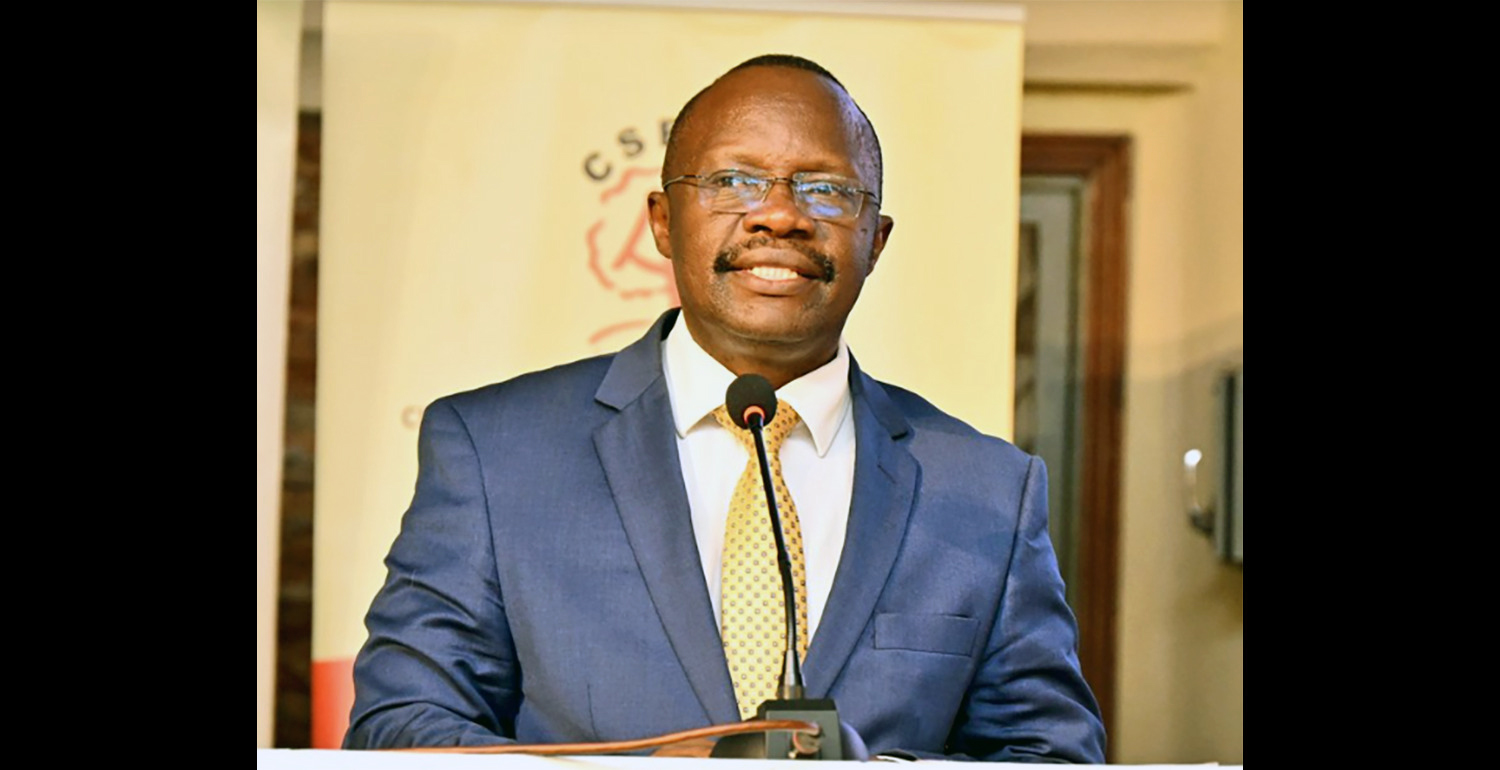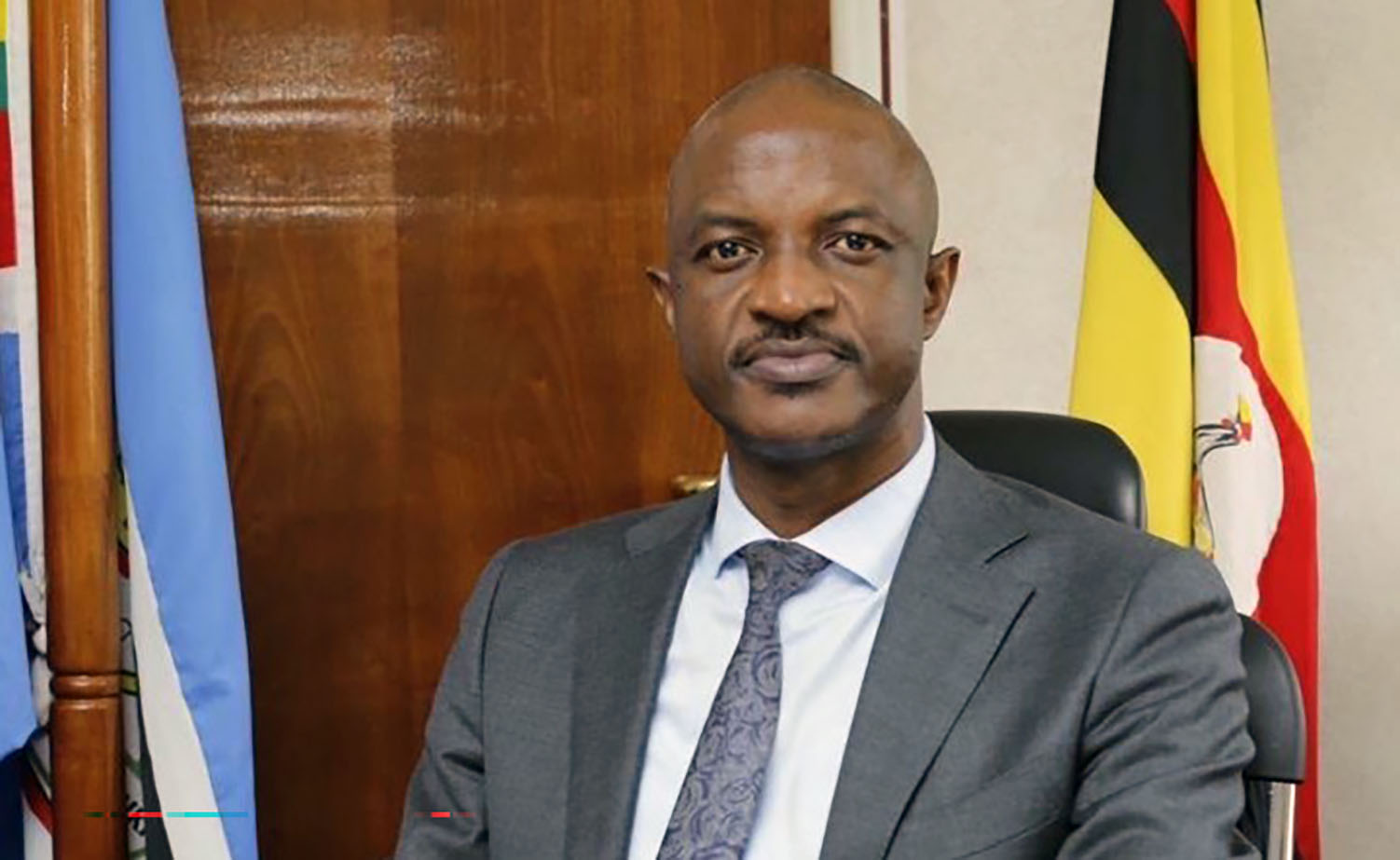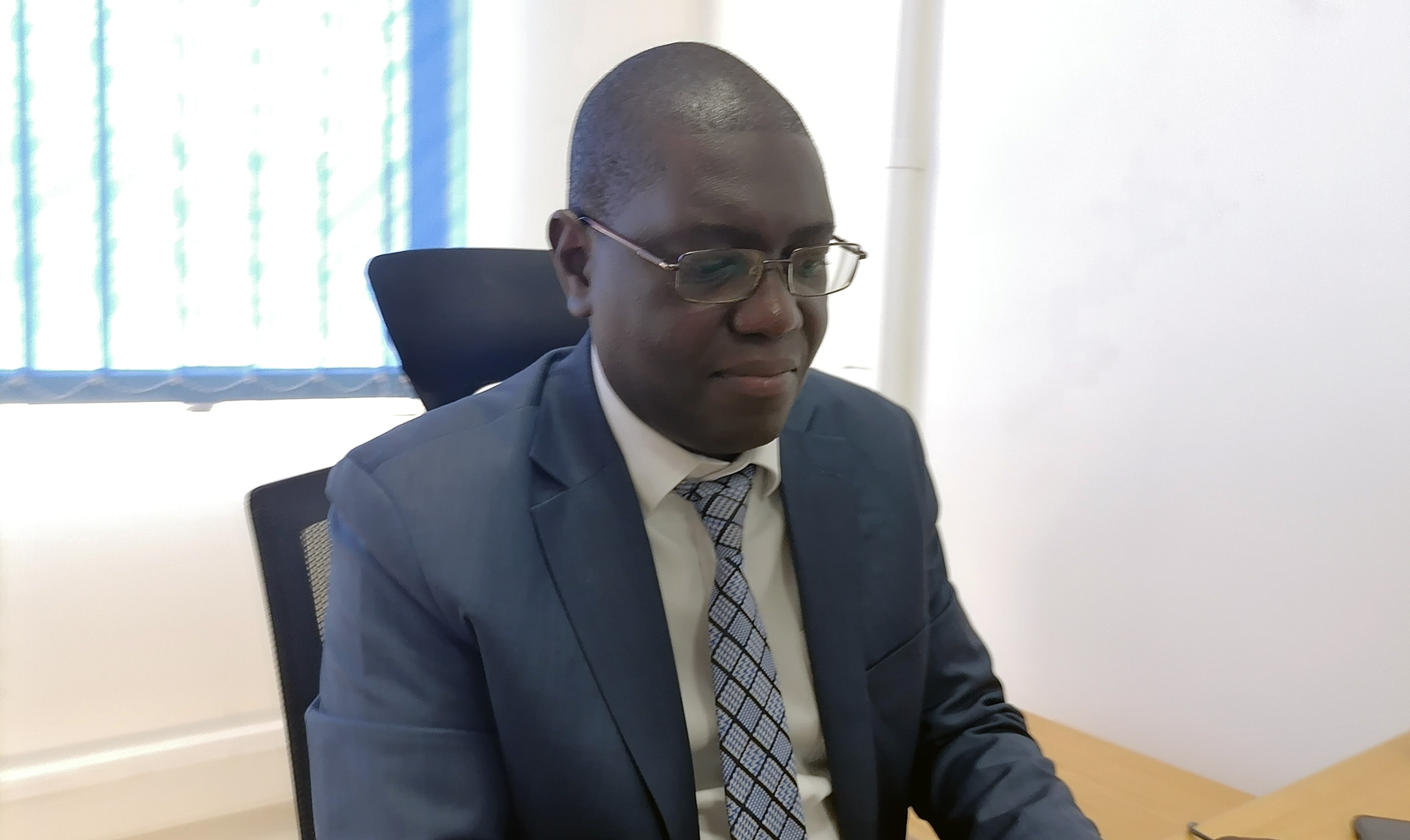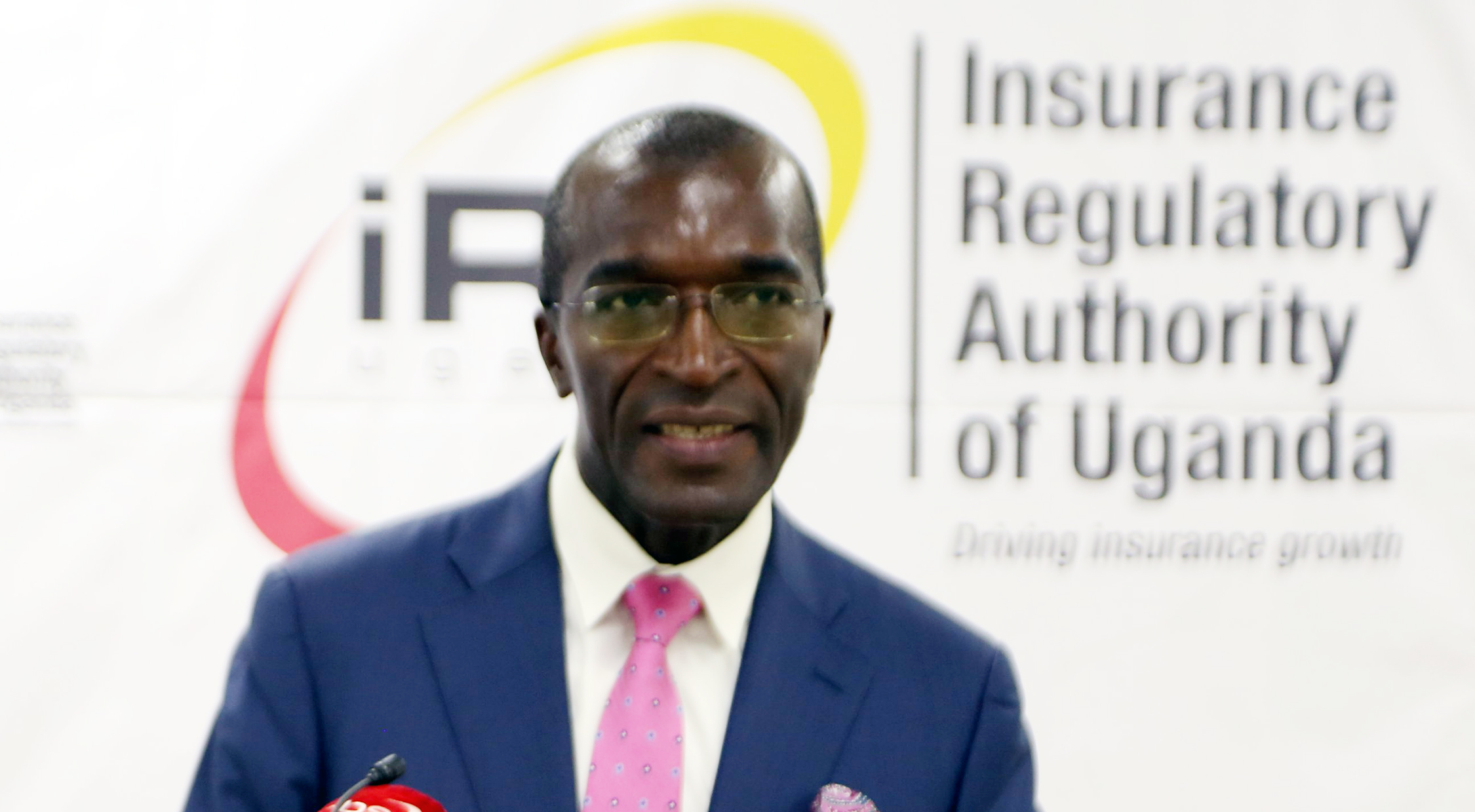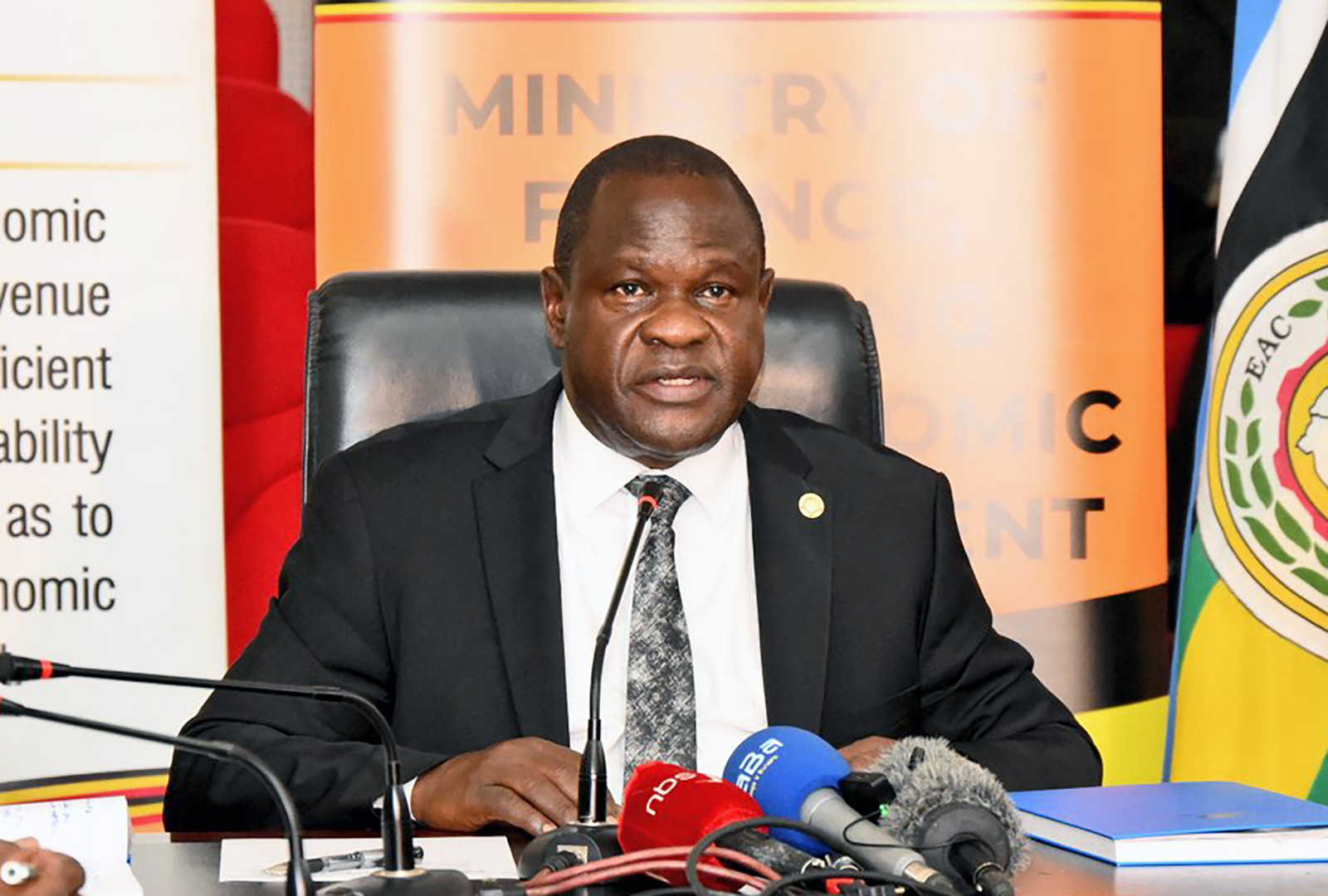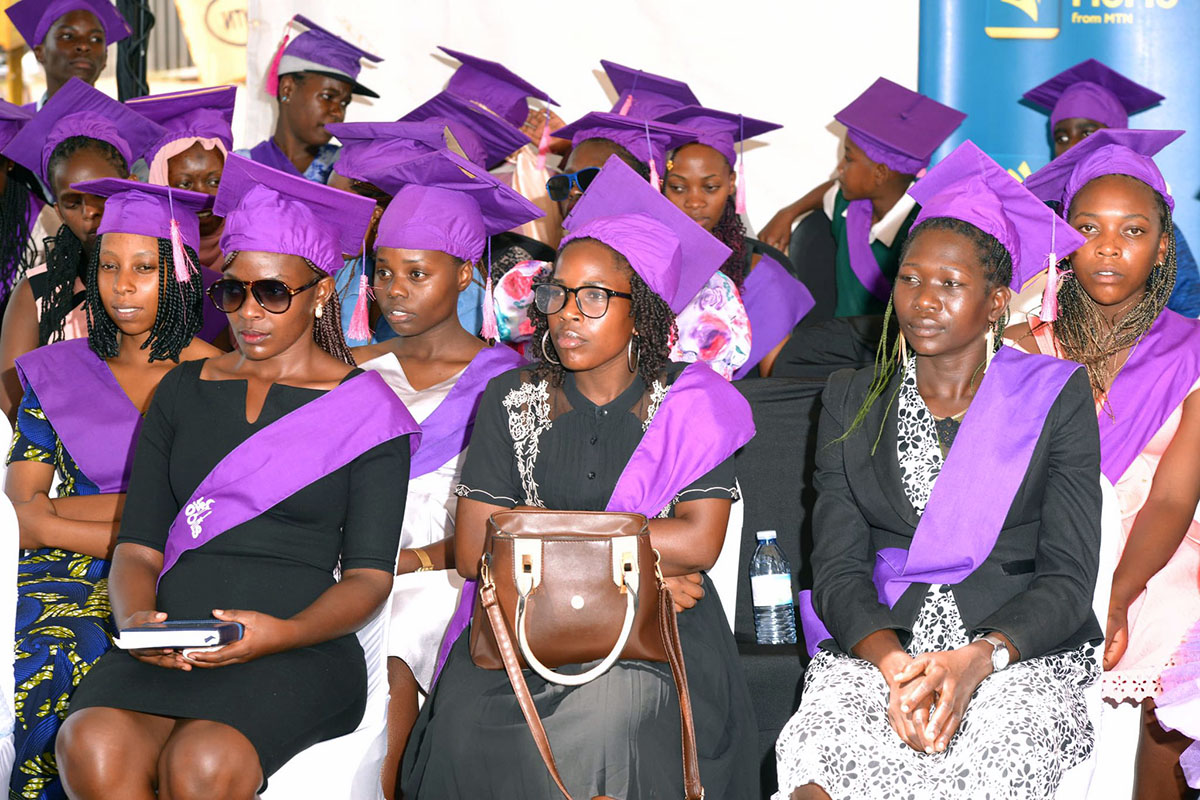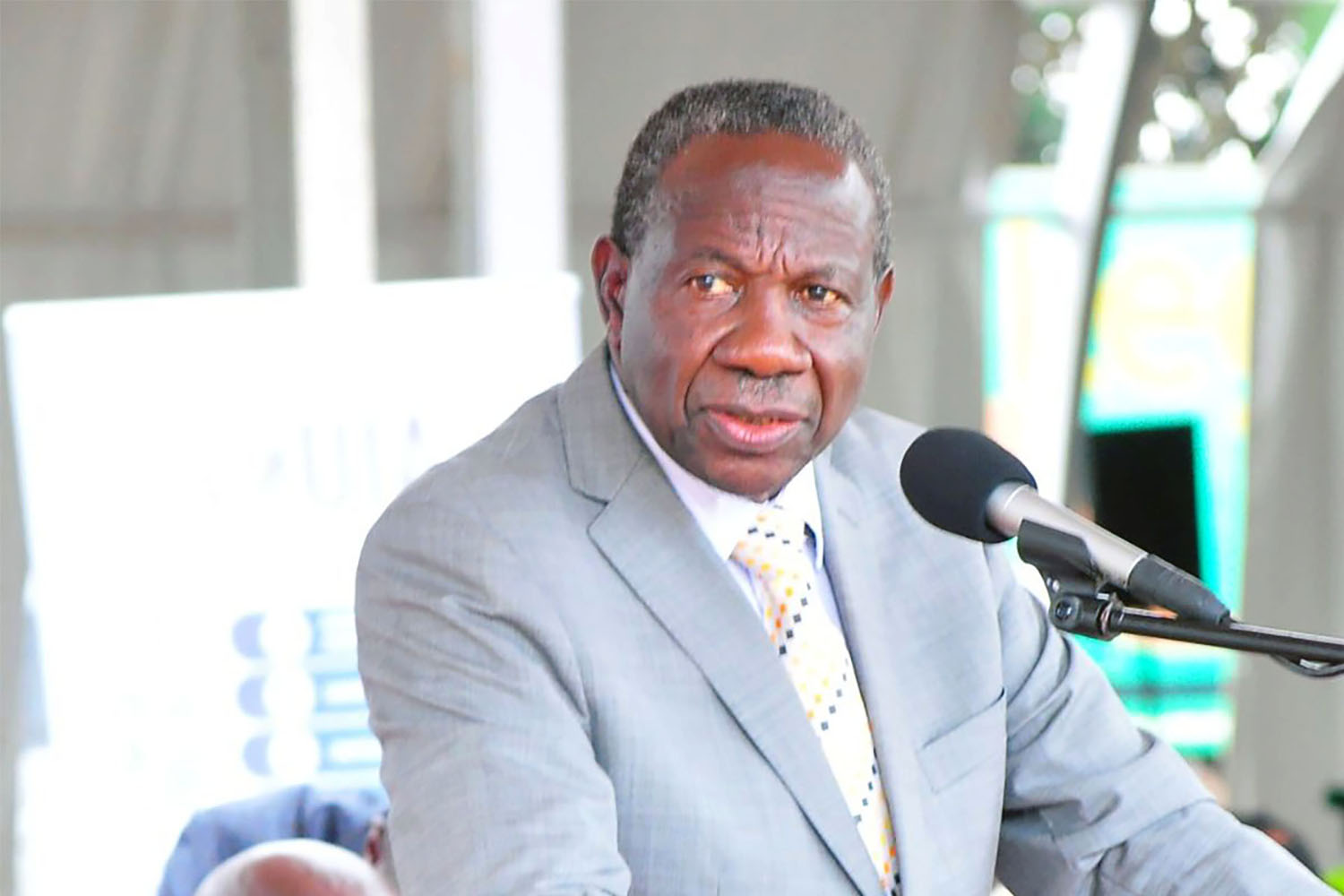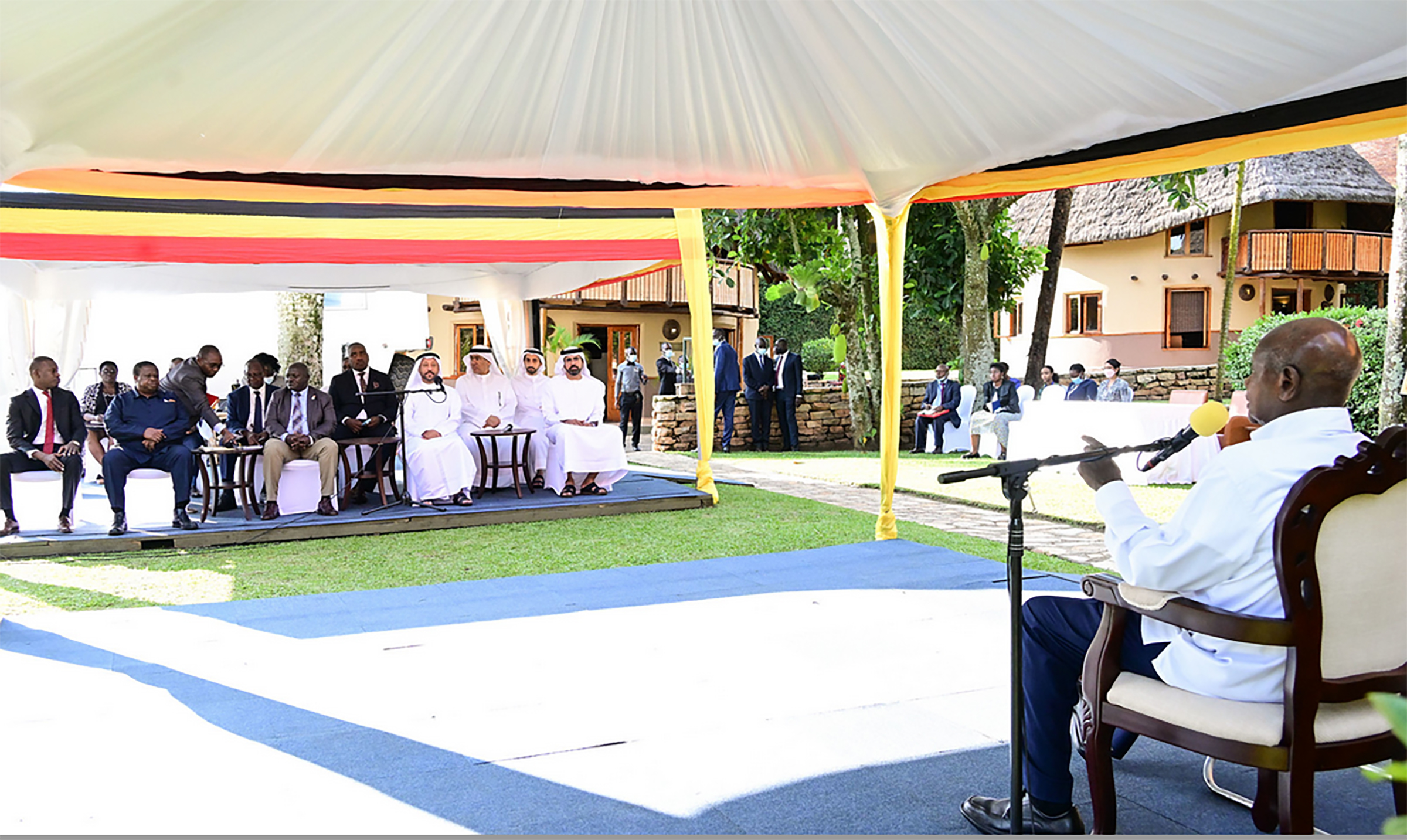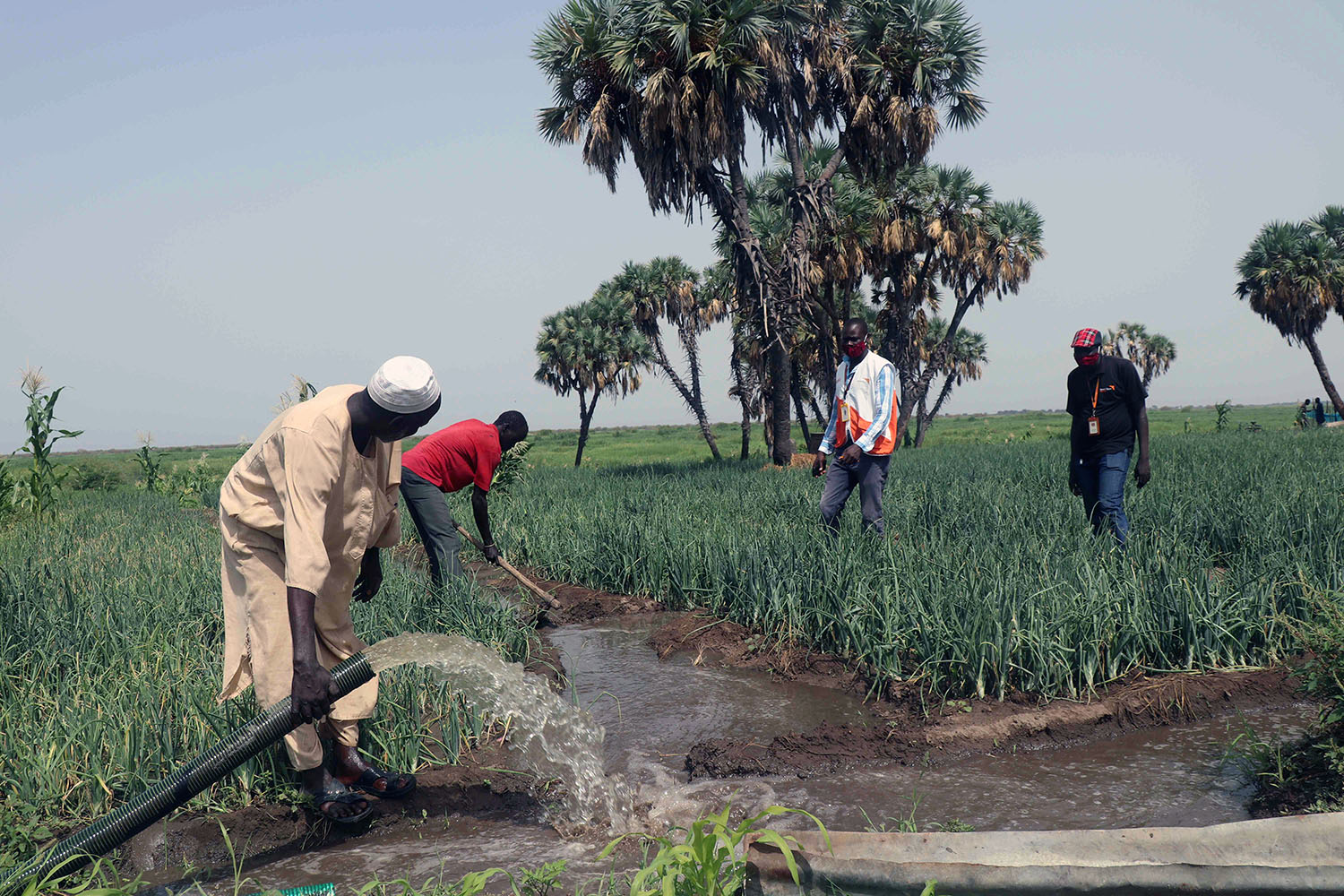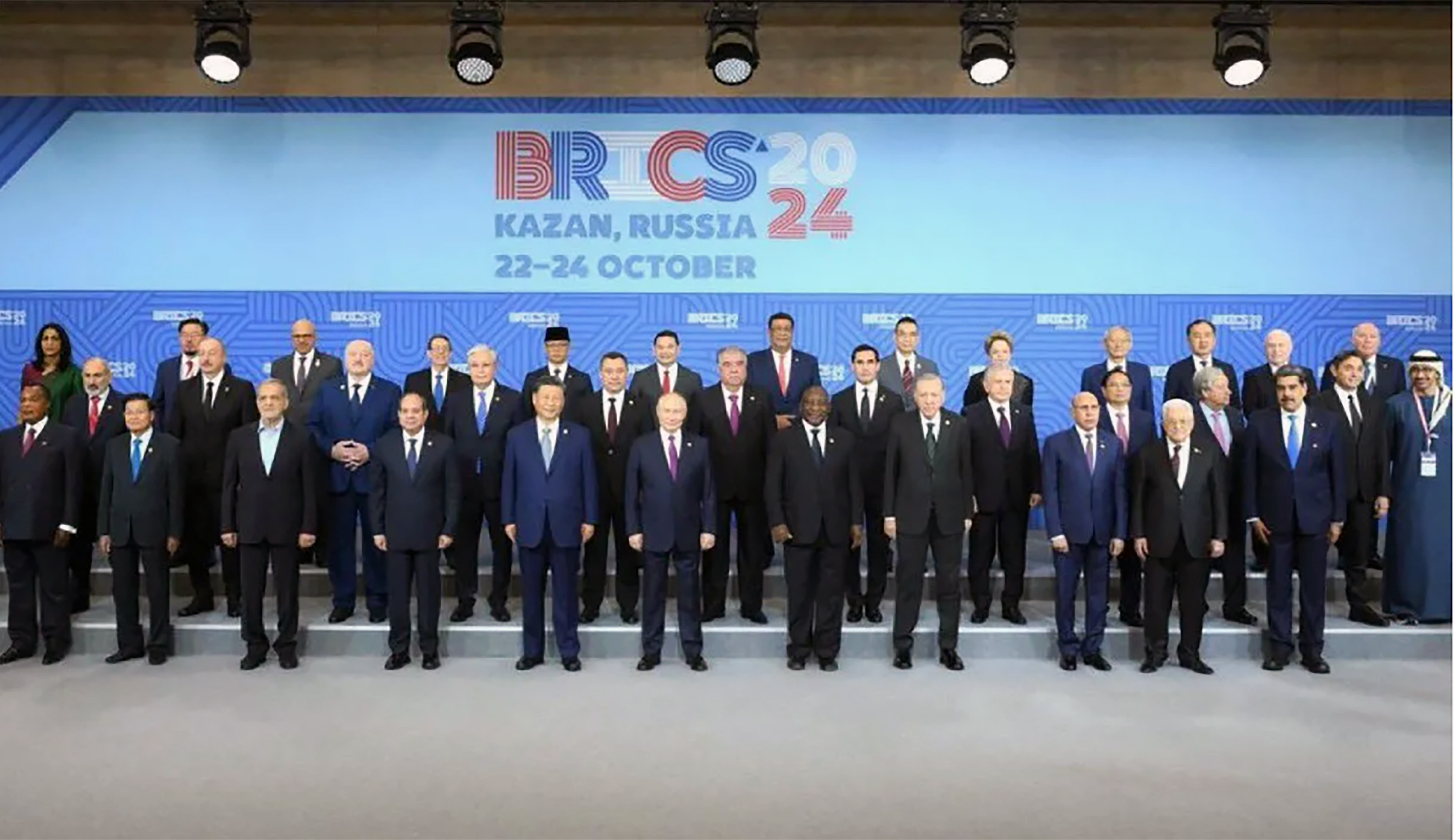AfCFTA to foster African economic growth, collective identity

Mr. Wamkele says that by reducing trade costs, facilitating movement across borders, and building a robust legal framework, the AfCTFA would create the conditions for a thriving, integrated African economy.
The African continent stands at a historic crossroads as it embarks on the implementation of the African Continental Free Trade Area (AfCFTA), signaling a monumental shift in its trade landscape. AfCFTA has the potential to transform economies across the continent, but it also presents its own set of challenges. Business Edge spoke to Wamkele Mene, the Secretary-General of the AfCFTA Secretariat, about the progress, the challenges and what lies ahead.
Many years ago, African leaders gathered in Addis Ababa to craft an integration agenda for the continent and independence. While the continent is no longer under colonialism, market integration has remained elusive. What is being done to finally bring that vision to life?
It is true that in May 1963, our founding fathers and mothers laid out a bold vision for Africa. They saw an Africa which is strong, integrated and prosperous, and although we've gained political independence, economic integration has taken much longer.
However, today, we seem to be making strides to actualize the dream of a fully integrated market for the continent, through the establishment of the African Continental Free Trade Area (AfCFTA), which is the key step towards achieving this vision. AfCFTA represents the long-held dream to create a single market, enabling free movement of goods, services, and labor across Africa. It will reshape markets and economies and boost output in the services, manufacturing and natural resources sectors.
What you should understand, perhaps, is that the concept of an integrated market transcends mere economic transactions, to embody the spirit of solidarity and cooperation woven into the fabric of African societies. By prioritizing goods produced within the continent, AfCFTA is not only fostering economic growth but also nurturing a sense of collective identity—a recognition of Africa's potential to thrive on its terms.
So, when you look back at May 1963 and forward to Agenda 2063, how do these aspirations align with the work being done under the AfCFTA?
Agenda 2063 is the long-term strategic framework for Africa's development, and the AfCFTA is a critical component of that vision. The free trade area aligns with the aspirations of industrialization, regional integration, and economic transformation outlined in Agenda 2063.
The idea is simple: through a common market, we can unleash the potential of African economies, facilitate trade, and create a robust environment for businesses and investors. This is a crucial step in fulfilling the hopes laid out decades ago.
You mentioned political will, and you've seen 47 AU members ratify the AfCFTA agreement. But eight still haven't. What are the obstacles?
I’m not concerned about the remaining countries. Each has its own processes, legal or constitutional, and it's not a question of political opposition. Many of these countries are going through consultations with their private sectors and civil societies to ensure there are appropriate safeguards. These are natural steps to ensure their economies aren’t overwhelmed by external goods. I’m confident that they will ratify in due course. At the moment, we are harmonizing standards and the rules of origin.
Remember, the Rules of Origin are essential because they determine what qualifies as "African" in terms of goods and products. Without them, you can't promote industrial development or attract investment. Harmonizing these rules would help unlock Africa's industrial potential by creating a single set of standards across the continent.
The World Bank says that if the AfCFTA is implemented correctly, it could lift 30 million people out of poverty and increase income for 68 million others. What creates this multiplier effect?
The multiplier effect comes from empowering small and medium enterprises (SMEs), women, and young entrepreneurs. The free trade area opens up opportunities for these key drivers of our economy.
Additionally, we’re implementing tools like the Pan-African Payment and Settlement System (PAPSS) to reduce costs for SMEs by allowing them to trade in local currencies, and a transit guarantee scheme to ease cross-border trade. These practical solutions ensure that the market integration is not just a legal construct but a commercially meaningful opportunity for businesses.
Infrastructure, customs, and border management remain significant hurdles. How are you addressing these issues?
Infrastructure is indeed a challenge. We need better roads, railways, and ports. Right now, 90% of goods move by road, which is inefficient. We're working with various stakeholders to simplify customs and streamline transit rules.
If we get this right, we could add between $192 billion and $450 billion to Africa's economy by eliminating these blockages. Governments, including your own-Uganda- understand the potential and are committed to addressing these challenges, though it will take time.
As you work toward economic transformation under Agenda 2063, what can we expect from the AfCFTA in the coming years?
The AfCFTA is expected to contribute up to $450 billion to Africa’s GDP by 2035. The focus is on ensuring that SMEs, young people, and women are included in this economic boom. By reducing trade costs, facilitating movement across borders, and building a robust legal framework, we’re creating the conditions for a thriving, integrated African economy. The benefits will be felt across industries, from manufacturing to agriculture, and ultimately lead to the economic transformation our continent has long aspired to see.





